71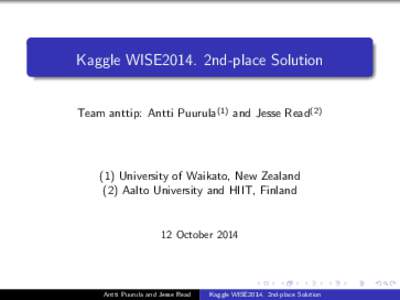 | Add to Reading ListSource URL: users.ics.aalto.fiLanguage: English - Date: 2014-10-13 03:48:12
|
|---|
72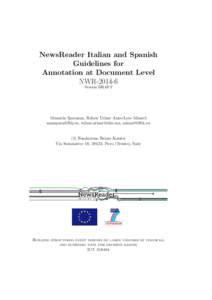 | Add to Reading ListSource URL: www.newsreader-project.euLanguage: English - Date: 2016-07-25 06:28:53
|
|---|
73 | Add to Reading ListSource URL: cnl.psych.cornell.eduLanguage: English - Date: 2005-04-02 20:42:21
|
|---|
74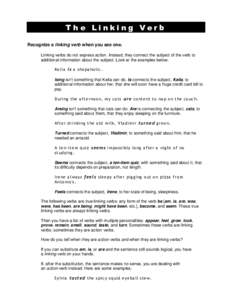 | Add to Reading ListSource URL: www.chompchomp.comLanguage: English - Date: 2013-12-21 11:18:31
|
|---|
75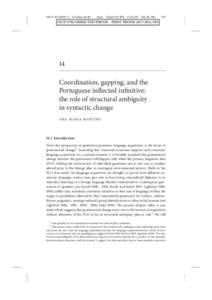 | Add to Reading ListSource URL: www.clul.ul.ptLanguage: English - Date: 2013-07-18 15:17:01
|
|---|
76 | Add to Reading ListSource URL: www.lingref.comLanguage: English - Date: 2016-04-14 14:43:36
|
|---|
77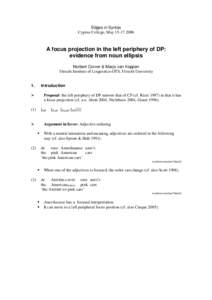 | Add to Reading ListSource URL: www.let.uu.nlLanguage: English - Date: 2009-03-16 13:41:51
|
|---|
78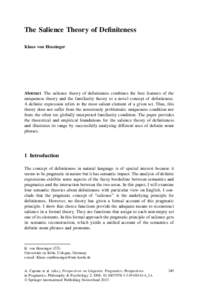 | Add to Reading ListSource URL: gerlin.phil-fak.uni-koeln.deLanguage: English - Date: 2016-01-26 05:29:23
|
|---|
79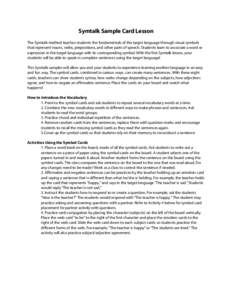 | Add to Reading ListSource URL: resources.emcp.comLanguage: English - Date: 2016-05-19 10:48:15
|
|---|
80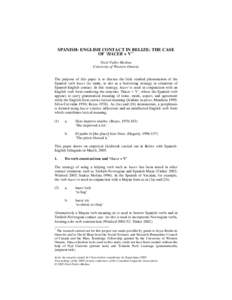 | Add to Reading ListSource URL: westernlinguistics.caLanguage: English - Date: 2010-06-18 16:04:46
|
|---|